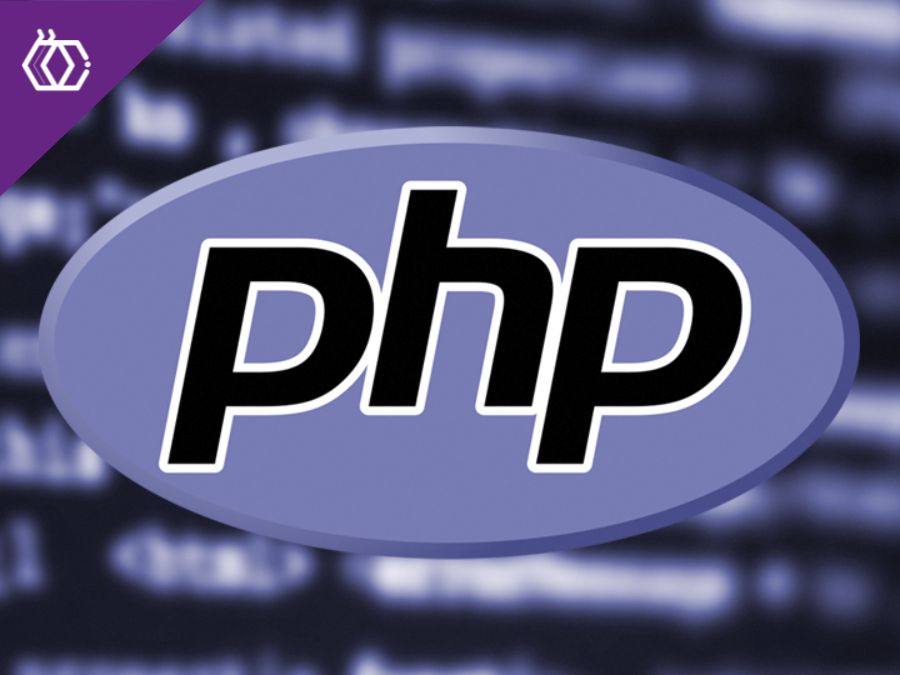

Object-Oriented in PHP
(6 minutes of reading) Object-Oriented Programming (OOP) is a paradigm in software development that revolves around the concept of "objects". These objects can represent real-world entities and the relationships between them. PHP, known primarily as a server-side scripting language for web development, fully supports OOP principles. This article will dive into the key concepts and features of OOP in PHP. FUNDAMENTAL CONCEPTS 1- CLASS AND OBJECTS A- Class: A blueprint for creating objects. It defines properties (often referred to as attributes or fields) and methods (functions specific to the class). B- Object: An instance of a class. It's a self-contained unit that combines both data (attributes) and methods to manipulate the data.


2- ENCAPSULATION Encapsulation is the bundling of data (attributes) and methods that operate on that data into a single unit, or class. It restricts direct access to some of an object's components, which can prevent the accidental modification of data.


INHERITANCE Inheritance allows a class (child class) to inherit the properties and methods of another class (parent class). Helps in the code reusability and establishing a hierarchical relationship between classes.


POLYMORPHISM Polymorphism means "many shapes". In OOP, it allows objects of different classes to be treated as objects of a common superclass. One common way PHP implements polymorphism is via interfaces.


ABSTRACTION Abstraction means hiding the complex implementation details and showing only the essential features of an object. Abstract classes and interfaces are two mechanisms in PHP to achieve abstraction.


Now, let's go a little deeper into the intricacies of OOP in PHP. EXTENDED DETAILS ON OOP IN PHP CLASSES AND OBJETC 1- Constructor A special method called when an object is instantiated. In PHP, the constructor is named __construct.


2- DESTRUCTOR Executed when an object is no longer used. Named __destruct, it's less commonly used than the constructor but can be useful for cleanup activities.


ENCAPSULATION They are 3: Public, Private y Protected. 1- Public: Can be accessed anywhere, whether inside or outside the class. This is the default if you do not explicitly specify visibility. 2- Private: Can be accessed within the class where it was declared, or by classes that inherit from that class. 3- Protected: Accessible within the class where it was declared.


GETTERS E SETTERS Often used with private properties to control how they're accessed or modified.


INHERITANCE 1- OVERRIDING Child classes can override methods (or properties) from their parent class.


2- FINAL KEYWORDS Prevents child classes from overriding a method (or a class from being inherited).


POLYMORPHISM 1- TYPE HINTING You can specify the expected type of argument in function declarations, ensuring that the function only works with objects of a specific class or interface.


ABSTRACTION 1- ABSTRACT CLASSES X INTERFACES A- Abstract Classes: Can contain both abstract (no implementation) and concrete (with implementation) methods. A class can extend only one abstract class. B- Interfaces: Contains only abstract methods. A class can implement multiple interfaces.


STATIC PROPERTIES AND METHODS These belong to the class itself, not any specific object. Accessed using the class name instead of an object instance. MAGIC METHODS Beyond constructors and destructors, PHP offers magic methods like __toString, __get, __set, etc., which allow custom behavior based on specific actions on an object.


CONCLUSION OOP provides a clean and efficient way to design, organize, and manage code, especially for large applications. PHP's support for OOP makes it a versatile language, suitable for a wide range of applications beyond its traditional use in web development. As with any programming paradigm, the key to effective OOP is a solid understanding of its principles and practices, coupled with practical experience. PHP's OOP capabilities allow developers to write modular, reusable, and organized code. Embracing OOP principles and practices enhances the maintainability and scalability of applications, ensuring they can evolve and adapt over time. Whether you're developing a small application or an enterprise-grade system, understanding and correctly applying OOP in PHP will be invaluable.
Share this article on your social networks:
Rate this article:
[yasr_visitor_votes size=”medium”]



